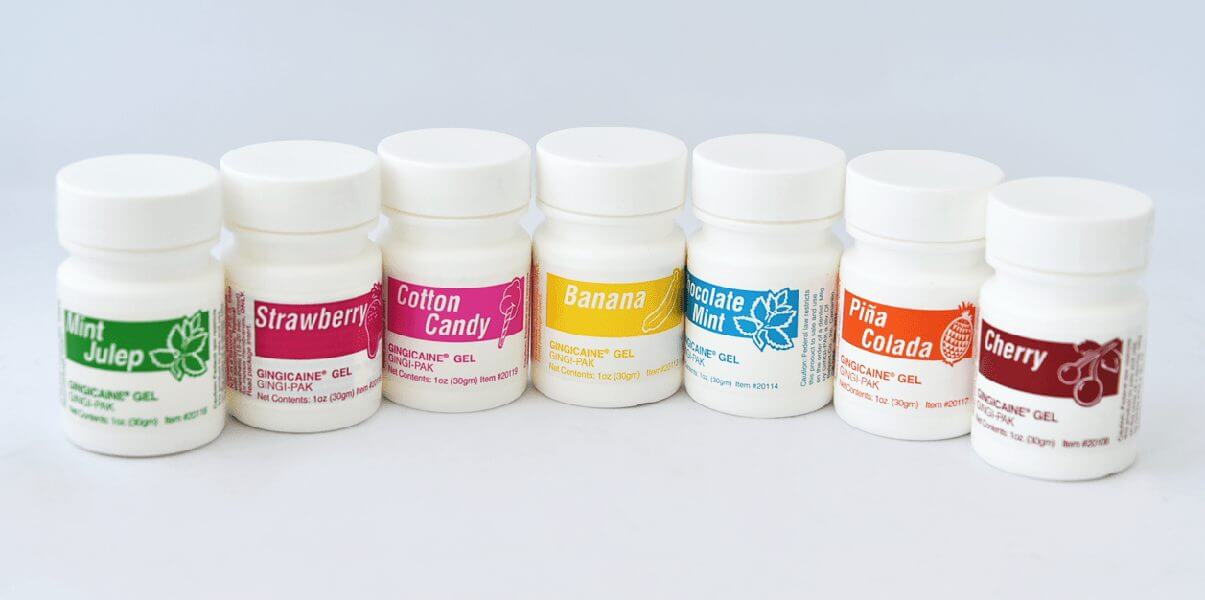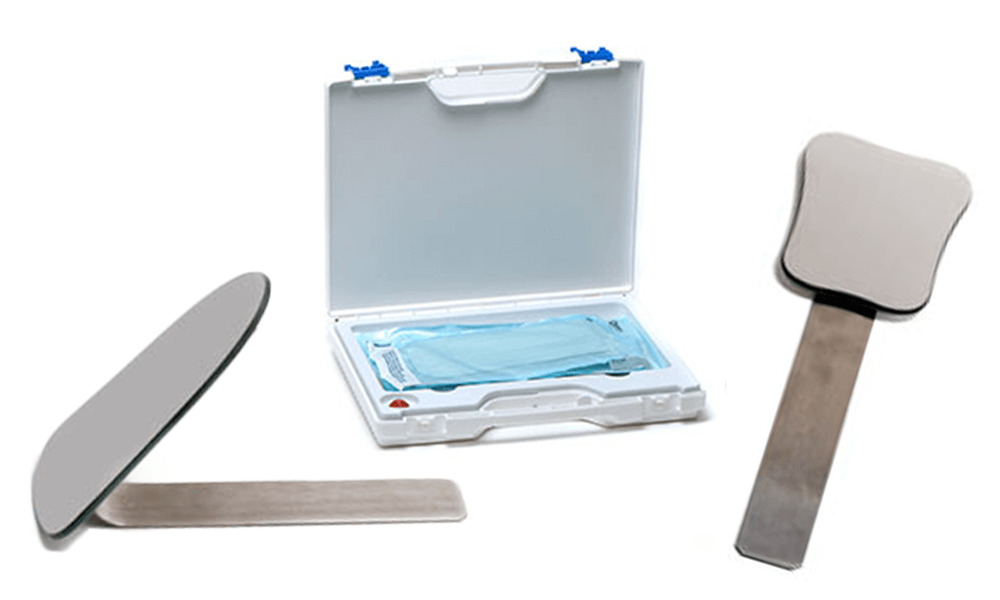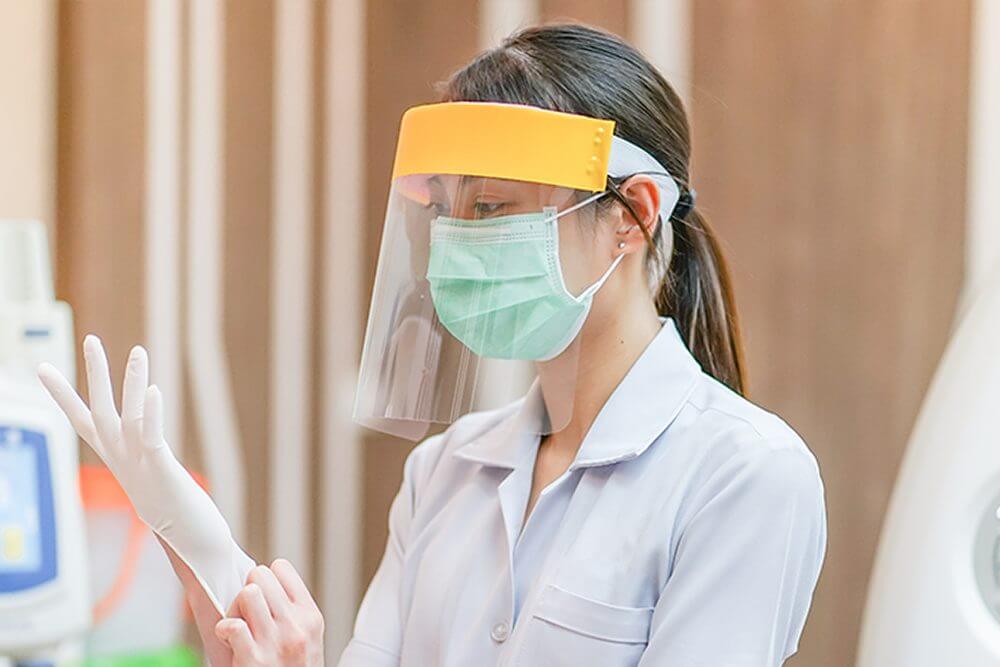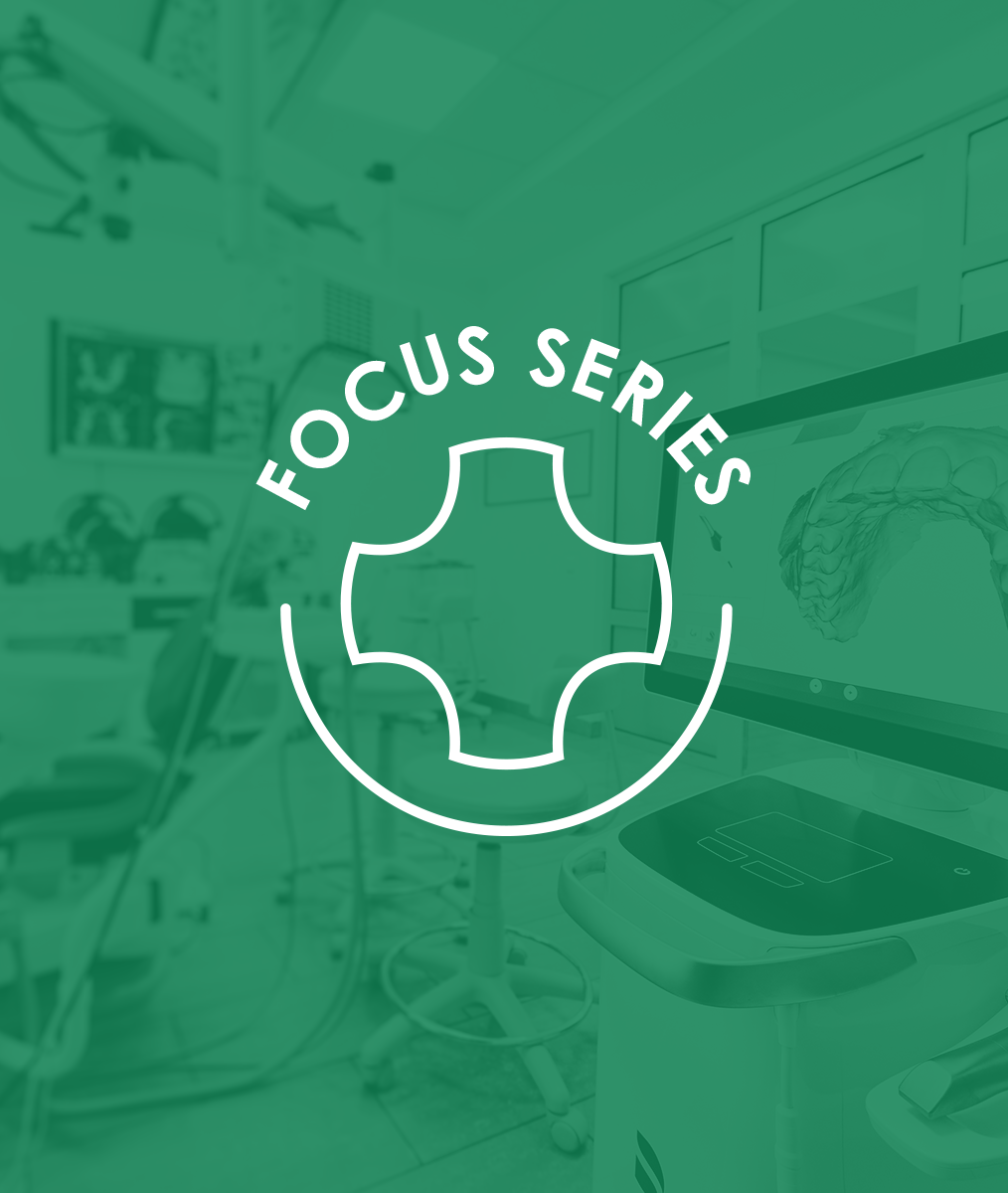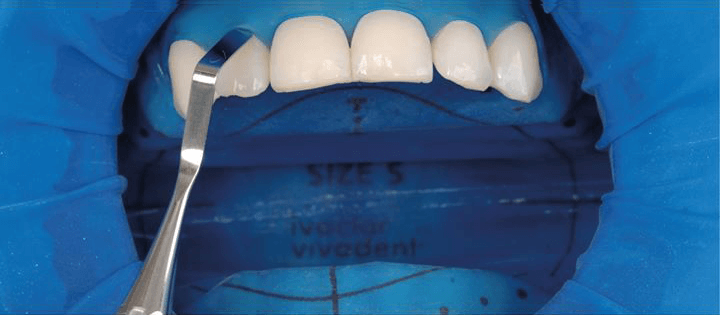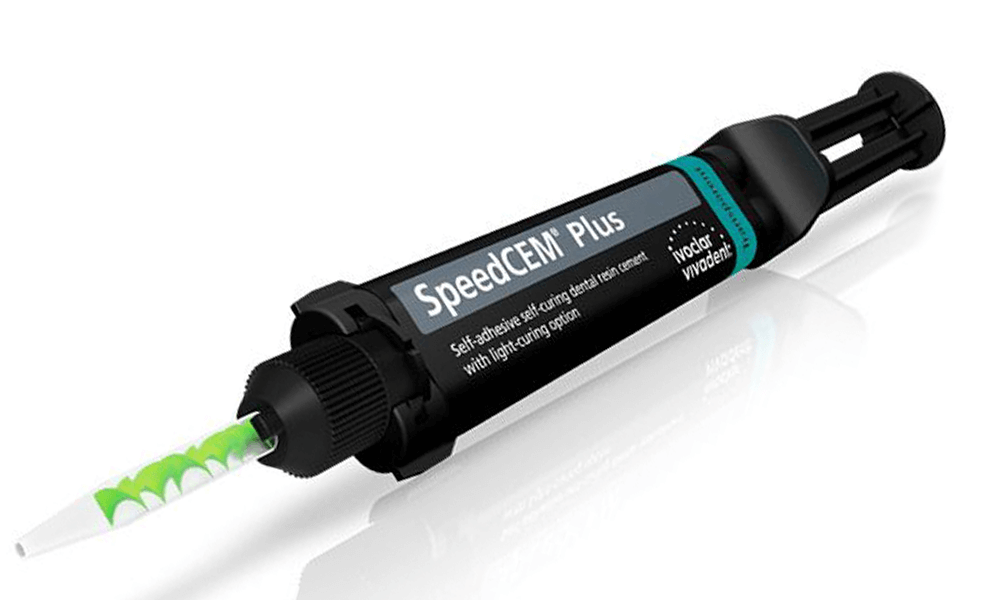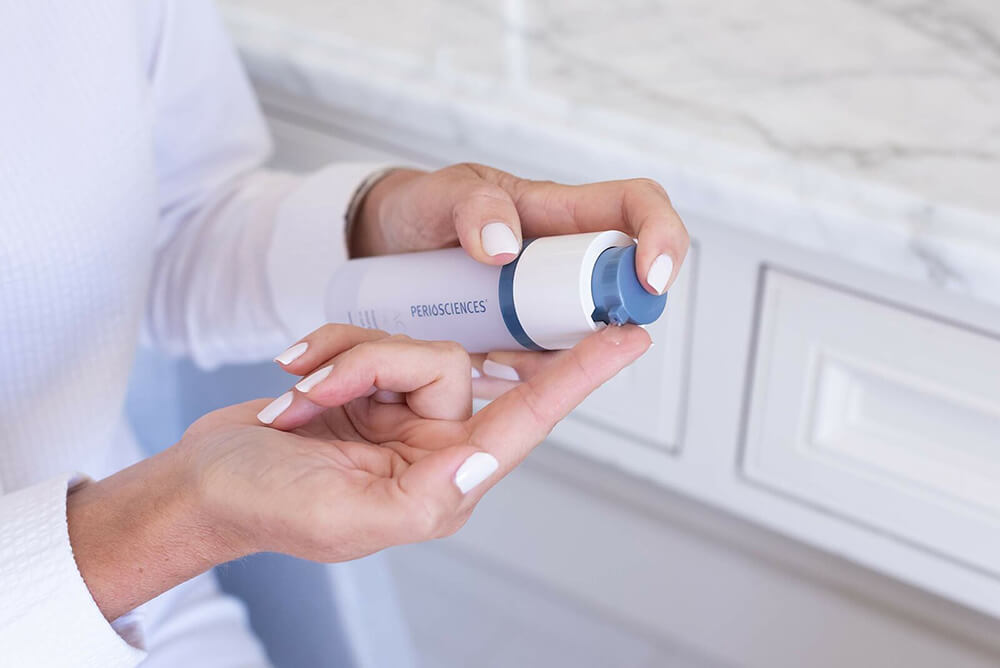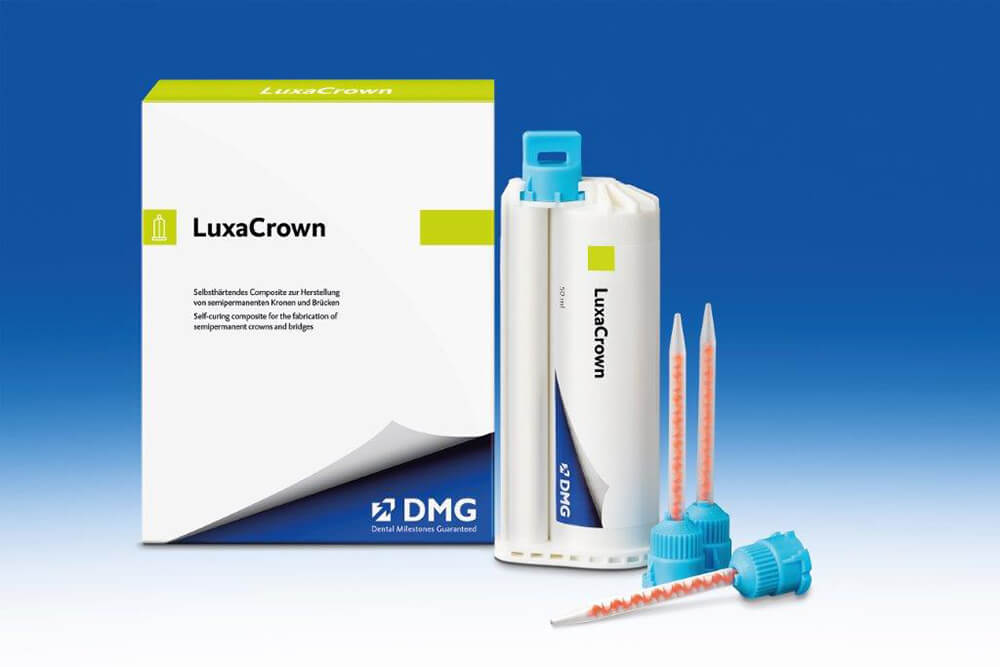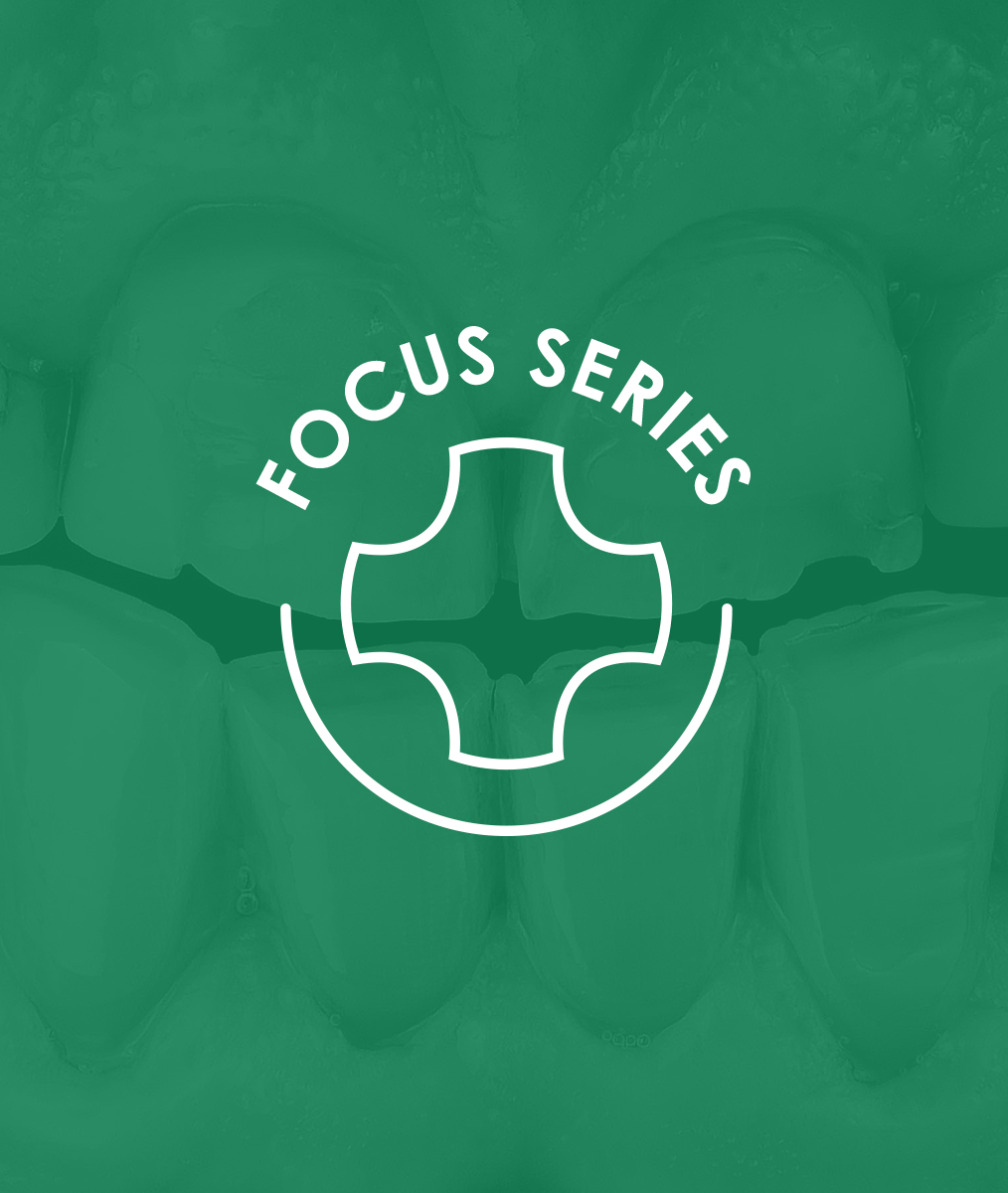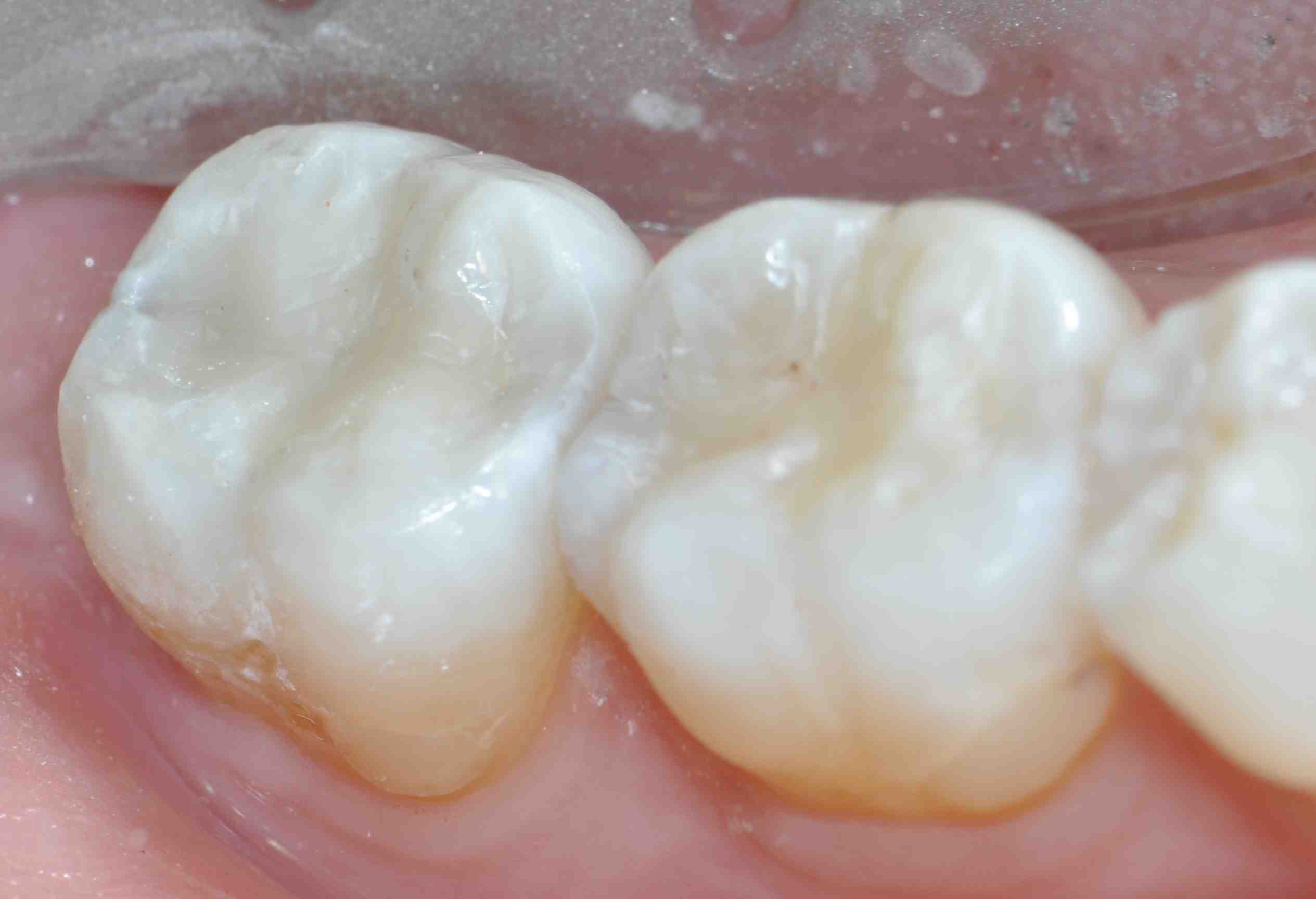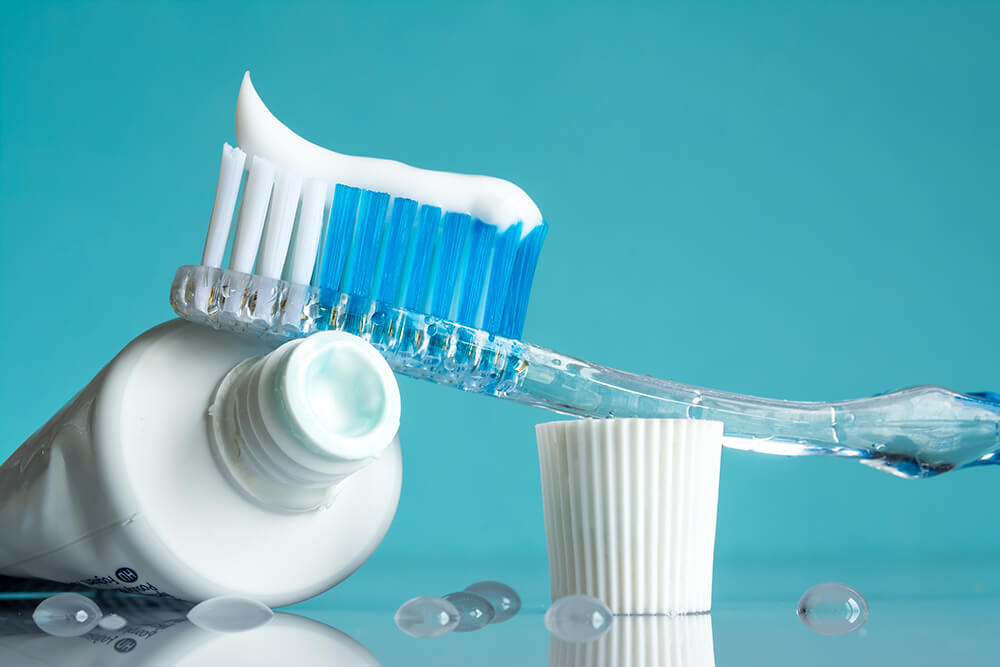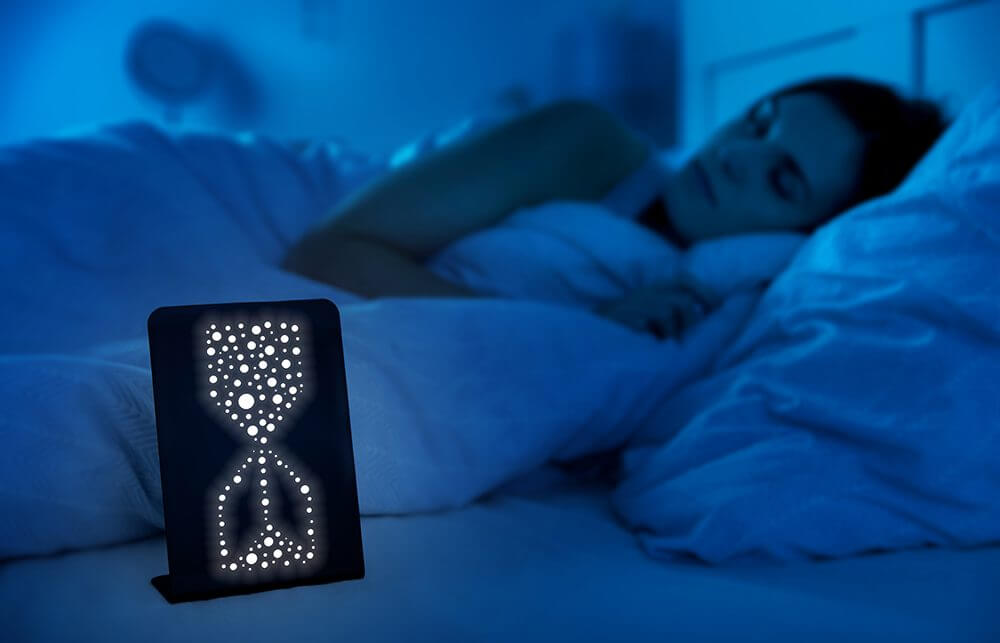The Surprising Impact of Flavored Topical Anesthetic
When I bought my dental practice in Glendale, Arizona, eight years ago, they were offering patients a choice of flavors for topical anesthetic. I truthfully thought it was silly and that we would stop doing it. With experience, however, I came to realize that giving a choice was valuable for both patients and team members. Today we are still offering a choice of flavors.
When a patient is seated, the dental assistant will say, “As you know, as part of the process for getting you numb, we will be using a topical anesthetic. We have five flavors and you get to tell me which flavor you would like to use today.”
It is really interesting to listen to the dialog, but also to realize what is happening for the patient. The choice gives the patient an opportunity to settle into a conversation and something to focus on other than that they will be getting an injection and the logistics of that.
The process almost creates a fun, quirky conversation, as the patient thinks about the choices. Sometimes patients say, “You choose, and I’ll guess which one it is. Let’s see if it really tastes like that.” When patients pose themselves this challenge, the whole time I am giving the injection, they are trying to figure out which flavor of topical we have used.
Sometimes patients ask, “Which flavor is your favorite?” or “What do other patients like most?” In this case, we talk about it.
We have the mint flavors everyone else has but we also rotate in cherry, strawberry, bubble gum and pina colada. In summer, we offer watermelon. At any one time, we typically have five flavors and they vary throughout the year. A patient who has come in a few times, may even start the conversation with, “Do you have any new flavors for me to try today?”
One of my favorite conversations is whether the pina colada actually has rum in it and how funny it would be if we could just use the rum. An ice-breaker conversation such as this is a great way for us to ease the tension at the front end of an appointment that will require anesthetic. It truly adds an element of fun that has become for us a practice distinguisher.
Related Course
Mastering Business Essentials
DATE: August 7 2025 @ 8:00 am - August 15 2025 @ 12:00 pmLocation: The Pankey Institute
CE HOURS: 22
Regular Tuition: $ 3295
Single Bed with Ensuite Bath: $ 345
The Blueprint for Running a Practice with Long-Term Growth Dr. Pankey’s original philosophy encouraged dental professionals to be proficient in 3 specific areas: technical mastery, behavioral excellence and business savvy….
Learn More>
